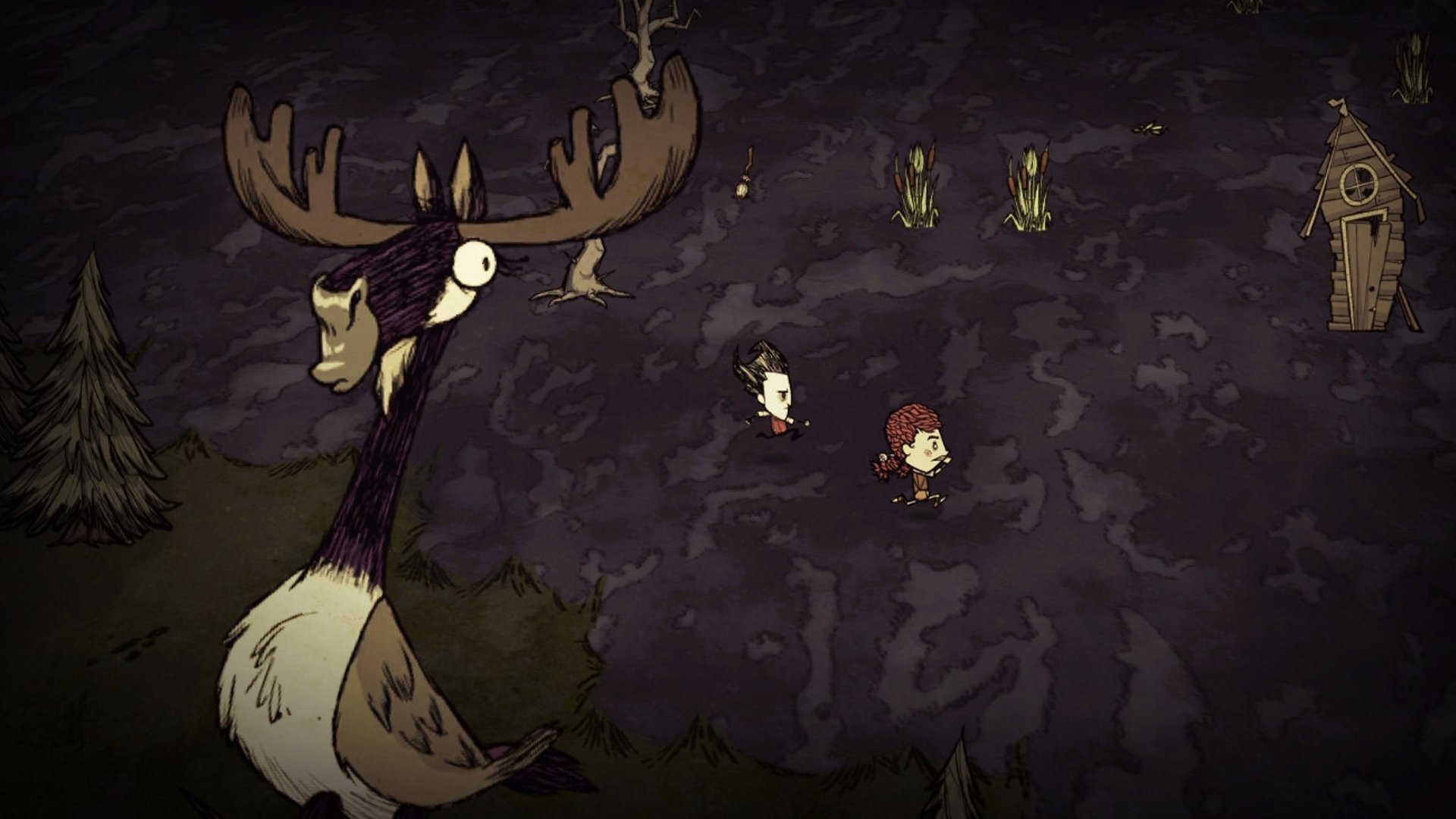

We reveal that Agile Software Development is the major trend. We classified 126 papers based on their investigated Software Engineering Trends, specifically Software Engineering processes and practices, teaching approaches, and the evolution of Software Engineering Trends over time.

We conducted a systematic mapping study about teaching major Software Engineering Trends in project courses. We investigate from literature the extent Software Engineering Education addresses major Software Engineering Trends in the academic setting. In this context, Software Engineering Education plays an important role in keeping students updated with software technologies, processes, and practices that are popular in industries. During the last five decades, software engineering has also changed significantly to advance the development of various types and scales of software products. Software has become ubiquitous in every corner of modern societies. In addition, four experienced Scrum masters and IT project managers, who played key roles in the SBT, argued that the LEGO®-Scrum SBT provides a realistic representation of real-world Scrum projects that it is dynamic, complex, challenging, and motivating and that participants' learning is evocative and relevant, since they learn by doing. Based on observations, interviews, and a data collection by questionnaire carried out with 198 participants, the proposed SBT appears to provide a significant, relevant, and valuable learning experience. The chapter's objectives are 1) to present the modalities of the LEGO®-Scrum SBT, 2) to demonstrate how LEGO® bricks can help professionals learn, first-hand, about Scrum, and 3) to illustrate how this learning can be relevant and impactful for participants. The LEGO®-Scrum simulation-based training (SBT) described here shows how LEGO® bricks can help professionals learn first-hand about Scrum methodology, an Agile approach to software development projects. The main reported learning outcomes were communication, estimation, Scrum in practice, communication and collaboration with industrial Product Owners, Scrum events, work organisation, teamwork and prioritisation. The participants’ feedback was highly positive. We collected feedback from 244 participants by analysing 196 student learning diaries and 84 student evaluation surveys, and by running a retrospective with 19 industry participants. We ran the simulation with 25 Scrum teams on four different courses with participants from eight universities located in three countries. In this paper we present an online Scrum simulation for distributed teams that was created in a multiplayer game “Don’t Starve Together” (DST) through iterative reflective work and analysis. During the Covid-19 pandemic, we could not use the traditional face-to-face Scrum Lego simulation game, but had to utilize something workable in an online environment. through simulation, as it is simple to understand but difficult to master.


 0 kommentar(er)
0 kommentar(er)
